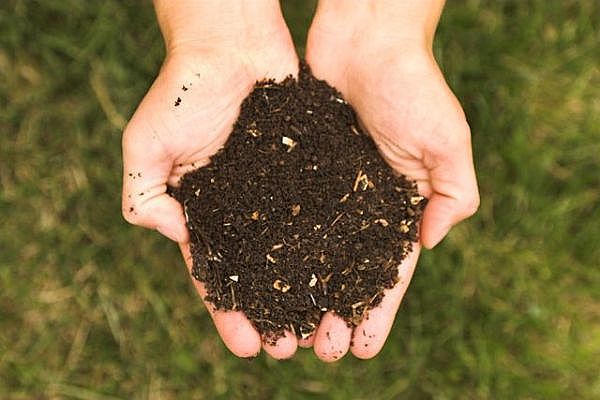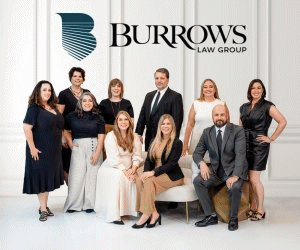 If you like fresh peas, onions, carrots, radishes, spinach, lettuces, broccoli, and cauliflower, AND if you live in USDA Hardiness Zones 7-8, the gun goes off for vegetable gardening in mid-to-late February.
If you like fresh peas, onions, carrots, radishes, spinach, lettuces, broccoli, and cauliflower, AND if you live in USDA Hardiness Zones 7-8, the gun goes off for vegetable gardening in mid-to-late February.
Most of these seeds will break dormancy when the soil temperature hovers around 45 degrees Fahrenheit and, better yet, are the 4-inch seedling 9-packs that will show up in garden stores everywhere this month. Success depends on soil quality, temperature, and moisture.
This leads to the biggest problem gardeners face around here: the soil. Much of Denton County sits on clay, affectionately called Black Gumbo, though there are neighborhoods parked on sand, like Copper Canyon. Big box stores sell bags of sandy “top soil.” You mix it with black gumbo and water, and when summer heat arrives the ground turns to cement.
Now is the time to think about what those cold weather veggies are going to sink their toes into. I’ve never met a long carrot that doesn’t like deep, loose, rich soil.
Meet those three requirements with compost: stuff that decomposes underground. Don’t be a tightwad with the compost. A 40-pound bag or its equivalent in twigs, bark, wood chips, leaves, straw, clippings, manure, and kitchen veggie waste worked into a 3-foot-square plot of ground isn’t too much. Some outlets sell the aged stuff as “landscape mix.”
In north central Texas is it possible to put too much compost in the vegetable garden? The short answer is no, and then pile a generous 6 inches of mulch around the established plants. By August you’ll wonder where it all went, and that means adding the stuff all over again.
Can’t you just buy a bag of fertilizer? Well, yes, but true top soil is more than phosphorus, nitrogen and potassium. It is actually a thick layer of aging compost which holds water around plant roots, and feeds soil animals that break down matter into chemical elements and compounds. The presence of compost is what makes clay or sand vibrant soil.
The land under true top soil is subsoil, usually clay or sand. If you live in suburbia there is a high likelihood your building contractor cleared the top soil off your lot before starting the house. In a year 6 inches of compostable stuff breaks down into about a quarter inch of dark brown top soil. Most plants need 4-6 inches of true topsoil to flourish. Let’s see, that means 16 to 24 years of continuously piling a lot of stuff on bulldozed land. How would your HOA feel about that? How old is your house?
Most gardeners buy bundles of immature onions from the feed store, then plant other stuff from seed. Be forewarned those 9-packs of small plants are pretty darned nice. How many lettuce heads do you need? Same with spinach. Broccoli produces until almost July so half a dozen plants is a LOT. Cauliflower will mature all at once, so think about how much of that you actually need before you scatter a 20-foot row of seeds.
Contact the writer at [email protected]
| < Prev | Next > |
|---|



















